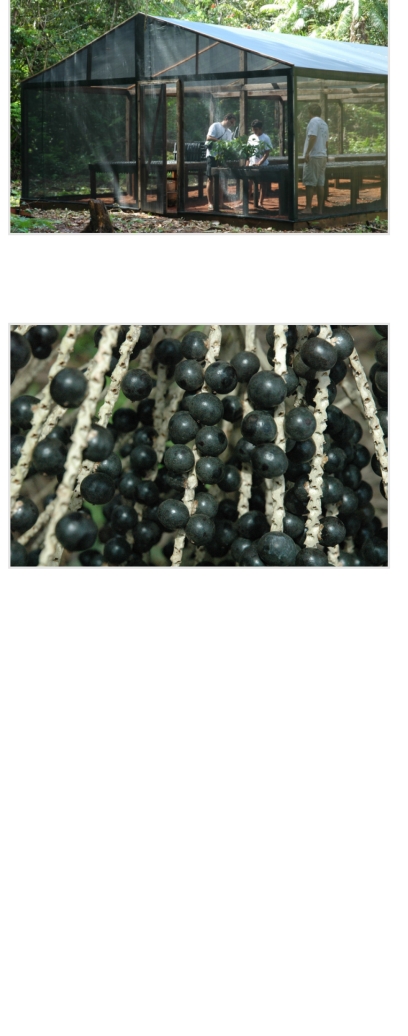|
|
|
 |
|
|
|
|
|
|
|
|
|
|
|
|
|
 |

The main impacts expected for this project were: the recovery of degraded areas, social and economic inclusion of local community concerning the preservation and maintenance of biodiversity, organic agriculture, the fund-raising in the carbon market, ensuring the sustainability and expansion of the activities after project conclusion and seeking improvement of environmental indicators.
"Socio-economic and Environmental Assessment of Rio Mapua Communities" , a partnership between Nova Amafrutas (Cooperative) and Ecomapuá, complementing the knowledge previously generated about the region, adding new environmental variables to the existing database. This project counted with the support of ICCO - a Dutch NGO and Unitrabalho. This project was conducted with the participation of local communities.
"Income Generation and Food Production through Family Farming and Sustainable Forestry Management Project" , which showed several lines of action and identified demands and needs to improve quality of life, fundamental requirement for local sustainable development. Held in partnership with Petrobras under the Government of Brazil Hunger Zero Program. The project identified the major social and environmental vulnerability aspects, which were confirmed by official statistics, such as: high rates of illiteracy; food shortages and malnutrition children and youth; high rates of involvement in endemic diseases like malaria and verminosis; Low organizational ability; over exploitation of forest areas by the rivers; high rates of deforestation in native forest for itinerant and predatory agriculture (averaging 0.6% of deforestation versus 0.4% for the Amazon average); fishing, hunting and predatory exploitation of natural resources.